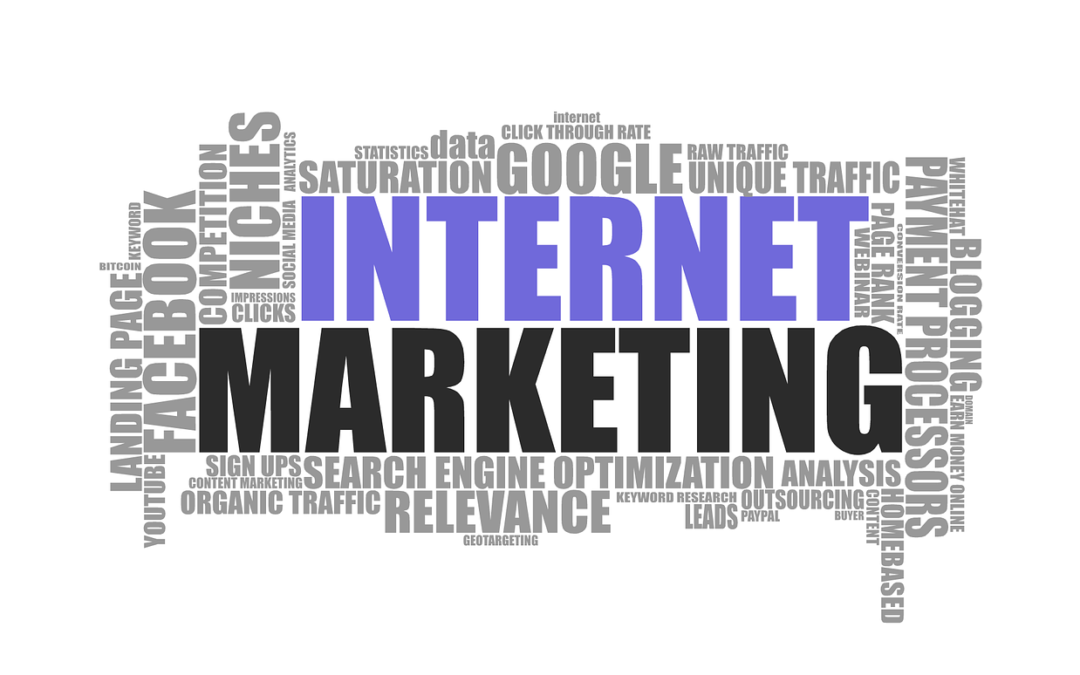If you’re currently reading through an online marketing eBook, or probably talking business with your digital marketing strategist, then you would have come across an onslaught of terms, phrases, tools and algorithms.These terms could be a little overwhelming at times and would even be more overwhelming as they multiply daily at the speed of light.
So before you get left behind in this moving train, sit back and let’s help you end this chaos once and for all. We’ll decipher these codes and get you focusing on your business in no time.
Before we proceed, you must understand that what we call Digital marketing is an umbrella term used to describe online marketing types. These include (popular) Search Engine Optimization, Search Engine Marketing, and Social Media Marketing. So while we identify a few important terms in each category, do note that a single term could apply to all 3 categories as well.
So, here we go! Some Internet Marketing Lingos you must know
SEO (Search Engine Optimization)

If your digital markers have been talking to you about SEO, then they’re simply looking to give your visibility online a bit of a boost by making your website much attractive to search engines like Google, Bing and Yahoo. While your conversation may last, you’d have heard a couple of these terms:
Keywords:
As the name suggests, these words or phrases hold the keys to your website or blog post. They’re common words entered by users during their search which must be optimized in order to draw more visitors to your website. For instance, if I’m writing an article about “choosing the best Irrigation sprinklers”, my main keyword could be “irrigation sprinklers”. It is the keyword I want to rank for because I want people to find my article when they input “irrigation sprinklers” into Google.
Meta Description:
It’s a short description of a web page’s content and reasons individuals are visiting it. Here’s how it works: Whenever you google a specific key phrase, Google decides which websites should be displayed and in what order. You would usually see this info displayed in Google’s results below the page title as a sample of contents on the page even though you may not see this description anywhere on the blog.
URL:
Let’s spare you those boring technical details. Your URL is simply the address of a specific web page. For Instance, The URL of the post you’re currently reading is: http://(enter text)
Title tag:
Although a very important SEO factor, this phrase isn’t really as complicated as it looks. Title tags are the titles of your blog posts. Simple! Every page has a title tag. It’s one of the best ways to help search engines find out what your page is all about. That’s why you need to spend a moment on coming up with a good title tag (title) for your post.
Web Traffic:
It simply means the number of users who visit a given website or page. It could also mean Information or data received and sent by your users or visitors to your site. As far as your website is concerned, there are no traffic rules to it. Only keep the red lights at bay (avoid bad content) and green lights beaming graciously (create good content). The goal is for a ‘congested’ traffic.
SEARCH ENGINE MARKETING

Search Engine Marketing (SEM) is a form of SEO. It’s the process of gaining website traffic by purchasing ads on search engines.The two most common ad types used in SEM are Pay Per Click (PPC) and Display. If your digital marketer will be talking to you soon about the best marketing strategies to adopt and how to rank better on Google, then listen carefully when they speak for these phrases:
B2B and B2C:
Do not let these harmless acronyms scare you. B2B means Business to Business and B2C means Business to Consumer. Both are SEM strategies. Businesses who market to other business use B2B platforms while others who market directly to consumers use B2C platforms. Our SEM experts can help you decide which platform your business should be on. This is because not all social media platforms will favor your business and not all Ads are B2B friendly. Bottom line is this…study your audience.
Cookie:
Far from being an online confectionery reserved for you after an exhausting surfing, a cookie is more of a storage mechanism for websites to remember pieces of information that a user previously entered on your browser. A cookie helps to create customized web pages or save login info. With a cookie, a users previous entries into form fields such as names, address, passwords and credit card numbers can be remembered.
ROI (Return On Investment):
When you’ve put your money and effort into something, you definitely wouldn’t want to know that it’s not driving results. This is where the term ROI comes in. It does a measurement of your performance and the efficiency of your investment compared with other investments. To calculate ROI, the benefit or dividends of an investment is divided by the cost of the investment. The result is expressed as a percentage or a ratio. ROI in digital marketing is often substituted for ROAS
Pay Per Click:
Pay Per Click isn’t one of those TV terms you’re familiar with. It’s a modern marketing lingo used to drive visitors to your website. This time, the bait is an online ad and you as an advertiser have to pay publishers (usually Google) per click. The good thing is, PPC is measurable and trackable. Stats are readily available to show how your campaigns are performing and what kind of traffic and results they are driving for your budget.
Lead Magnet:
Lead in SEM means a way of getting the attention of your clients. A lead magnet is therefore is a small giveaway, free eBook, guide, that your business offers to customers in exchange for their email. A lead magnet is a tool that is going to help your business capture those potential customers. Still confused? Then erase the lead and think about the properties of a magnet.
Social Media Marketing

New social media networks and software are cropping up almost daily and so even seasoned social media users are bound to run into a term or acronym that leaves them thinking. Find out a few below:
Engagement rate:
Engagement rate is a social media metric that tells you how motivating and inspiring your post has been. It’s defined as (number of people who engaged with your post / number of people who saw your post) x 100%. Typically, a higher engagement rate means your post was more compelling or at least more likely to provoke a response. Engagement may include likes, comments, shares, reactions, and more.
Cross-channel:
Each social media network (Facebook, Twitter, etc.) is a marketing channel and all though, not all business thrive well on all the networks. However, when we say something is cross-channel, mean it goes across all your different social networks. For instance, a cross-channel social strategy is a strategy that aligns your objectives across all the social networks your brand is present on.
Feed:
A feed on social media is a generic term for the content you’re being ‘fed with’ from other users. Most social networks, have their feed as a homepage and it is the most common way to see and engage with the post of others.
Hashtag:
When it comes to social media, the hashtag is used to draw attention, to organize, and to promote a post or business. It is a way of connecting your posts on social media to other posts on the same subject or trending topics. By searching for a specific hashtag, users can easily find all public posts that have a similar content they require. They’re great for research, helps you get found by your target audience and improves your click through rates. Social media marketers do often follow the popularity of hashtags over time to see what’s trending on social media
FOMO:
It’s an acronym that means “Fear of Missing Out”. On social media, FOMO marketing is done to appeal to a users sense of desire to latch on to every opportunity they want to be a part of before it slips through their fingers. Social media marketers often use this strategy to their advantage by making exclusive or limited-time offers that users need to jump on quickly to avoid missing out.
Is everything here?
Of course not… But you can assist in building this glossary though. Feel free to shoot us a comment if you’d like to add your own term too. We’d love to respond.






Recent Comments